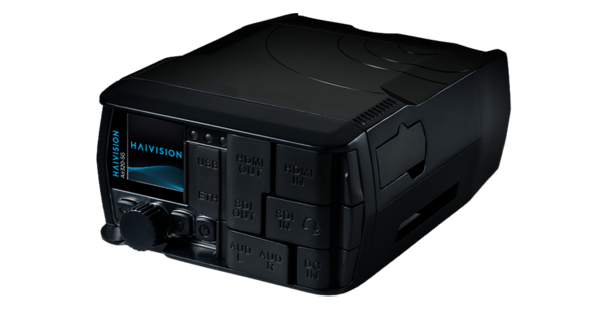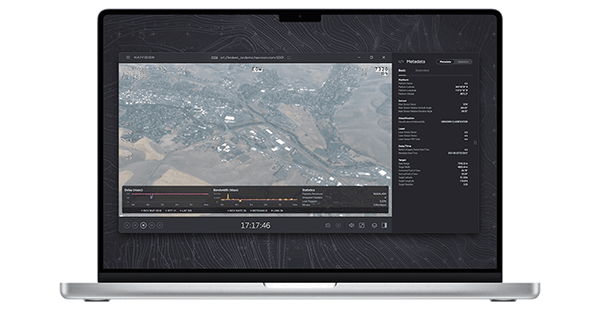Kraken, Haivision’s powerful and versatile video transcoding solution for mission-critical video, has come a long way since it was first introduced into the Haivision solutions portfolio ten years ago. In this post, we’re sharing a recap of Kraken’s features and what’s new in the latest release.
NEW! Kraken Now Available on AWS Marketplace
Already available on Microsoft Azure, the latest release of Kraken is now available on both the AWS and AWS GovCloud marketplaces as a BYOL (Bring Your Own License) virtual machine. Cloud-based transcoding enables users to benefit from the global network of cloud regions and the public internet for the distribution of high-quality and encrypted full-motion video to multiple destinations.
The Benefits of Cloud-Based Transcoding
Cloud-based Kraken deployments offer drastically simplified machine provisioning and lower cost of setup and operation. Organizations in the defense, public safety, disaster relief, and energy industries can now reliably transport low latency video over the internet from remote and bandwidth-constrained locations. Example target use cases for cloud-based transcoding include unclassified operations such as defense training workflows as well monitoring critical infrastructure such as offshore oil rigs, pipelines, and refineries using drones or fixed cameras. Having a transcoding and stream routing solution in the cloud makes it easy for organizations to gather fast and reliable intelligence to make informed decisions.
Transcoding and Beyond
Although originally designed purely for transcoding, manipulating the codec level parameters of the video stream to accommodate bandwidth transport constraints, today Kraken is a multi-purpose media pipeline which use has expanded beyond transcoding to serve multiple functions in multiple parts of a video ecosystem.
Transcoding
Kraken can take an already compressed video stream and manipulate it to meet specific customer requirements. One of the most common transcode functions is to convert streams between formats such as H.264, H.265, MPEG-2, and MPEG-4 Part 2. Transcoding can also be used to meet a target bitrate in order to reduce bandwidth consumption, downscale resolution or framerates to manage image quality or change other encoding parameters to ensure downstream compatibility.
Media Routing and Protocol Flipping
An increasingly prevalent requirement in ISR and defense video workflows is the need to convert video streams between container protocols such as SRT, UDP, RTSP, and RTMP. Kraken can also translate multicast streams to unicast and vice versa for bridging network domains with varying distribution schemes. All of these conversions can be executed outside of a traditional transcode pipeline, minimizing latency, and conserving processing power on the host system. Stream routing fosters interoperability among complex systems and diversified infrastructure.
Metadata Processing
Kraken features advanced metadata processing capabilities including filtering and decimation. Filtering enables the removal of specific MISB 0601 KLV tags that are not required by PED workflows while decimation reduces the frequency at which the metadata packets are sent. These functions help reduce the amount of bandwidth allocated to metadata transport and free up additional bandwidth to dedicate to video, resulting in improved picture quality.
Encoding
Kraken can also function as an encoder and is capable of ingesting raw video in several different ways. It can encode analog or digital video sources via an integrated capture card when installed as a VM on supported hardware, as well as accept uncompressed digital video sources using an SFP+ module and apply compression using any of the supported codec formats. This enables Kraken users to utilize the software as an encoder and/or transcoder while maintaining the flexibility to use the same host hardware for other applications.


























